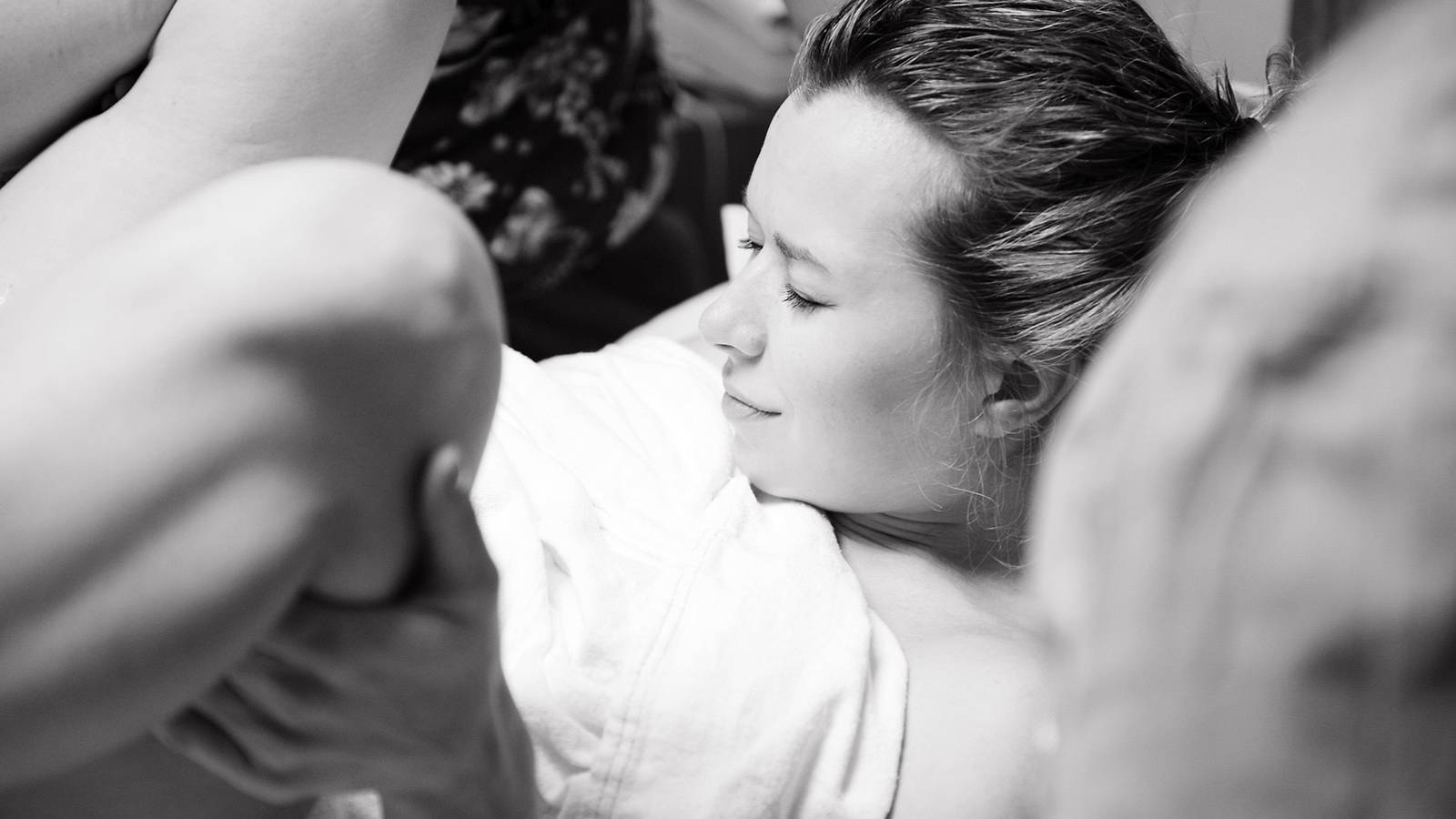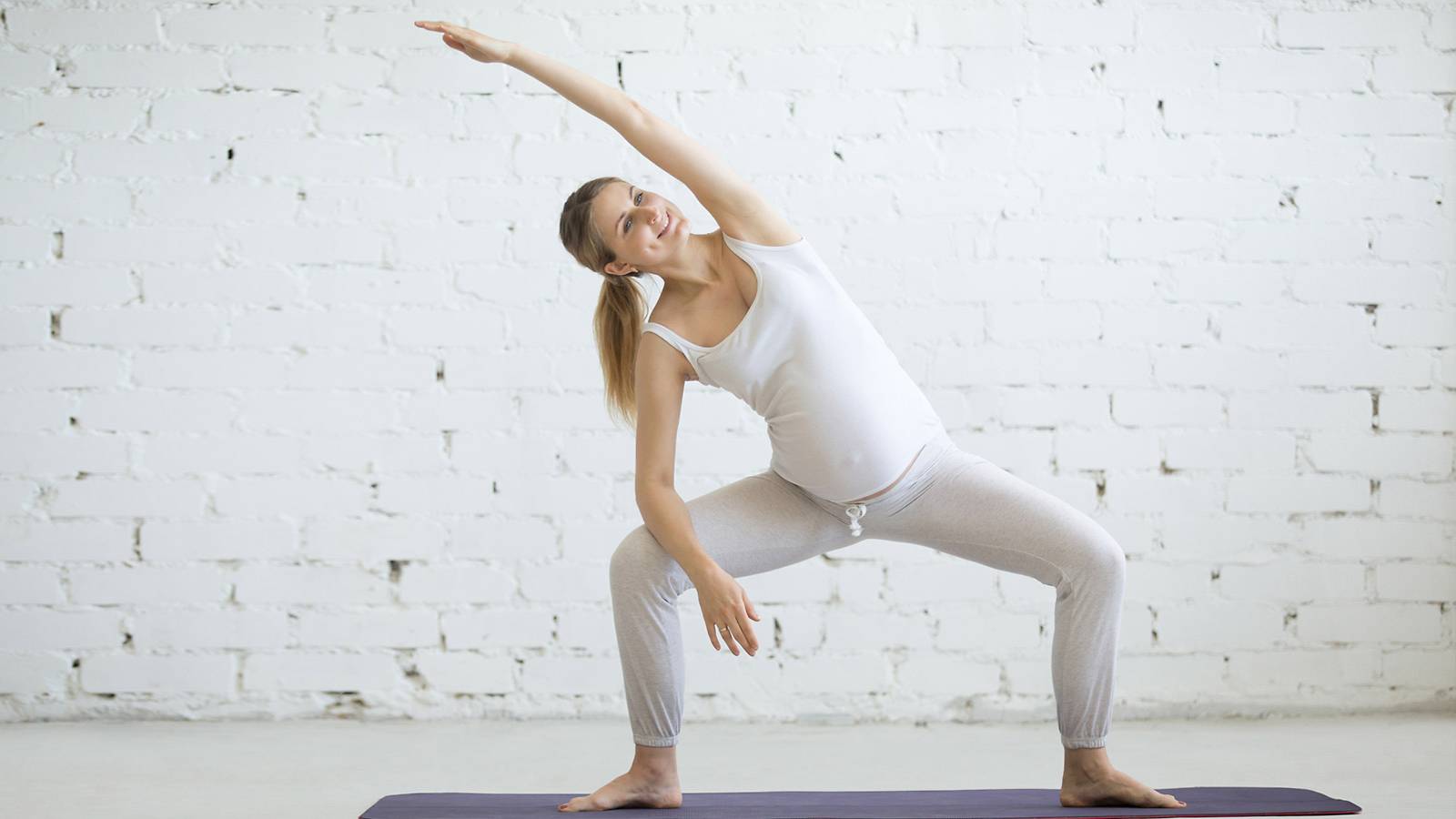After baby pushes its way into the world, you could be feeling a bit worse for the wear down there…

Jacintha Johnson, 36, had one of those drama-free childbirth stories every woman going into labour prays for. Induced at 40 weeks, Johnson opted for an epidural and dilated in pain-free bliss for 10 hours. When she was ready to deliver, her gynae took her off the drugs and she out popped her beautiful baby boy, Alex, after some pushing.
“I’d heard so many horror stories of emergency Caesareans or babies being in distress, so I was grateful that everything went smoothly,” Johnson says. “The only thing was that I had to push for almost two hours and needed a little snip in my perineum to help with the delivery, as my muscles were rather tight, according to my doctor.”
Things got a bit more real down there several hours after the birth. “I had to pee for the first time since giving birth ― when I touched the area around my vagina, it felt like a train wreck!” says Johnson. “I had never given vaginal tears that much thought before and honestly didn’t know what to expect, so it really came as a surprise.”
Birthing your baby is an incredible you’ve-got-to-be-there-to-fully-get-it kind of experience. At the same time, a fully-formed human being is coming out of your body. So, it shouldn’t come as a surprise that your vagina will stretch, thanks to the pressure of your baby’s head pushing through it. This makes the area around it (also known as the perineum) more susceptible to lacerations.
Some 99 per cent of women will get a vaginal tear of some kind during a natural birth. However, most are minor tears and a normal part of the birthing process, so they heal quite fast.
The more severe tears may be the result of an episiotomy ― when your doctor makes a cut between your vagina and the perineum to help move things along.
While it may be impossible to avoid vaginal tearing completely, you have ways to reduce the trauma, as well be more prepared for the aftermath. Wise up to five facts about vaginal tearing...
#1 Some women are more at risk to tearing than others
According to SmartParents expert ob-gyn Dr Christopher Chong, the perineum ― the diamond-shaped area below the pelvic diaphragm that’s between the legs ― is generally shorter in Asians compared with Caucasians. This increases an Asian women’s likelihood to tear.
You are also more at risk of tearing if you have a small or tight vagina (or perineum area), if you’re birthing a big baby ― 4 kg or heavier ― and if bubba comes out butt first instead of head first.
Expect tears if you have an assisted delivery with forceps or a vacuum, and if it’s your first childbirth. “The more one delivers, the more lax the vagina and perineum, hence the tears will be fewer. Sometimes, in good hands, there’ll be no tears at all!” Dr Chong notes.
#2 There are different degrees of tears
It’s uncommon for you to actually feel yourself tearing, due to the intensity of the pressure that baby puts on the area. Also, everything is pretty much a blur once your labour is in full swing. You’re also probably too preoccupied with labour pains to feel anything else.
Perineum tears can be classified into four types. The most common are first and second degree tears. “These only involve the tearing of the skin and vaginal muscles,” points out Dr Chong. The lacerations are pretty minor and usually only require a few stiches.
Third degree tears, which are less common, involve the perineal muscles and the muscle layer surrounding the anal canal, while fourth-degree tears go through the anus. These will require a lot more stitching up.
The more severe tears may be the result of an episiotomy ― when your doctor makes a cut between your vagina and the perineum to help move things along. While many argue that having an episiotomy can do more harm than help, Dr Chong says tears can still be severe even if you don’t have an episiotomy. He also offers other benefits to the procedure. “An episiotomy gives a less jagged wound, making it easier to repair. It can also reduce anal tears as you can choose to make a cut away from the anus,” he points out. “If a cut is not made, that area will usually end up tearing by itself, in addition to all the other existing tears.”

#3 You can do things to minimise tearing
While there is only so much that’s within your control when you deliver, it still doesn’t hurt to try a few things out.
Being more active during your pregnancy can improve blood circulation as well as skin elasticity. Low-impact exercises such as prenatal yoga and Pilates help you stretch and “open” up your tight muscles. You can also do regular perineal massages during your last trimester to improve skin elasticity, as well as pelvic-floor exercises to strengthen your pelvic floor. By doing so, your perineum should endure more pressure and heal better after birth.
Some mums also swear by eating a diet rich in vitamins E and C as well as zinc, as these promise to improve skin elasticity. However, Dr Chong points out that there isn’t any medical evidence backing these claims.
During delivery, opt for a water birth, since this is supposed to soften the perineal tissues. Instead of lying on your back, you might wish to consider an alternative birthing position. Being on all fours on your hands and knees, kneeling, sitting, squatting or lying on your side have all been known to help ease the pressure and reduce tearing.
By the way, knowing when to breathe and when to push can also help reduce tears, so pay better attention at your prenatal class or hire a doula to coach you through your labour.
Being on all fours on your hands and knees, kneeling, sitting, squatting or lying on your side have all been known to help ease the pressure and reduce tearing.
#4 Postpartum perineal care is important
So that you won’t sustain any long-term problems, make sure to take good care of your nether region. Before visiting the toilet for the first time post-birth, a nurse would have already advised you to clean your perineum with some medical solution and cotton wool after every pee or poo.
Take this advice seriously because it will help speed up your healing process. It takes a minimum of two weeks for your tears to heal, so do take things slow and stay off your feet as much as possible. Dr Chong has noticed that mums who opt to go through confinement heal faster than mums who are out and about, especially those who have to be with their babies when they are hospitalised for jaundice soon after birth.
“Expect pain, bleeding, swelling, inflammation and maybe even pus,” warns Dr Chong. “If healing is slow, salt-water baths are useful as are anti-scar creams. But above all, cleanliness in that area is most important.”
#5 Sex may have to wait
While it’s best to wait at least one month before having intercourse, most doctors would prefer that you postpone the horizontal mambo till after the six-week checkup. This is to ensure that everything is healing well and your perineum area is ready for some “action”.
By the way, even after healing seems to be well underway, your vagina may never be quite the same again. This is because the muscles in that area have weakened since you gave birth. Stress incontinence ― peeing when you cough, sneeze or jump ― is one of the more common side effects of perineal tears.
In more severe cases, some women lack the ability to control the passing of urine, wind or faeces. “Bad scarring can also cause perineal pain, especially when you have intercourse,” says Dr Chong. “The worst-case scenario in fourth degree tears is fistulas ― when faeces or urine come through the vagina. This usually requires surgery.”
Dr Christopher Ching is an obstetrician-gynaecologist who practises at Chris Chong Women & Urogynae Clinic.
Photos: iStock
You may also like these reads…
Labour agony, tearing and other delivery fears

